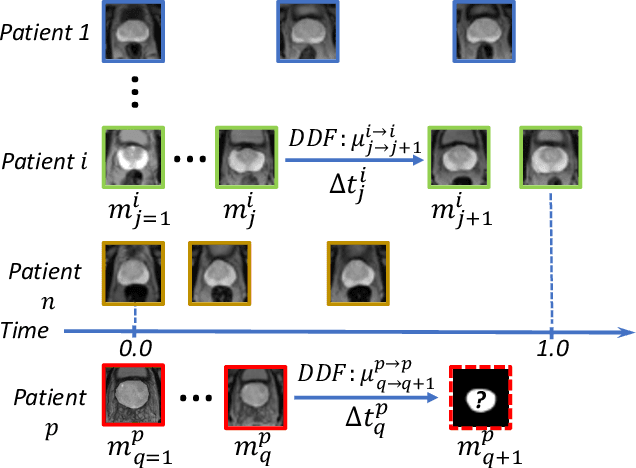Matt Clarkson
Illumination Histogram Consistency Metric for Quantitative Assessment of Video Sequences
May 15, 2024Abstract:The advances in deep generative models have greatly accelerate the process of video procession such as video enhancement and synthesis. Learning spatio-temporal video models requires to capture the temporal dynamics of a scene, in addition to the visual appearance of individual frames. Illumination consistency, which reflects the variations of illumination in the dynamic video sequences, play a vital role in video processing. Unfortunately, to date, no well-accepted quantitative metric has been proposed for video illumination consistency evaluation. In this paper, we propose a illumination histogram consistency (IHC) metric to quantitatively and automatically evaluate the illumination consistency of the video sequences. IHC measures the illumination variation of any video sequence based on the illumination histogram discrepancies across all the frames in the video sequence. Specifically, given a video sequence, we first estimate the illumination map of each individual frame using the Retinex model; Then, using the illumination maps, the mean illumination histogram of the video sequence is computed by the mean operation across all the frames; Next, we compute the illumination histogram discrepancy between each individual frame and the mean illumination histogram and sum up all the illumination histogram discrepancies to represent the illumination variations of the video sequence. Finally, we obtain the IHC score from the illumination histogram discrepancies via normalization and subtraction operations. Experiments are conducted to illustrate the performance of the proposed IHC metric and its capability to measure the illumination variations in video sequences. The source code is available on \url{https://github.com/LongChenCV/IHC-Metric}.
Morphological Change Forecasting for Prostate Glands using Feature-based Registration and Kernel Density Extrapolation
Jan 16, 2021



Abstract:Organ morphology is a key indicator for prostate disease diagnosis and prognosis. For instance, In longitudinal study of prostate cancer patients under active surveillance, the volume, boundary smoothness and their changes are closely monitored on time-series MR image data. In this paper, we describe a new framework for forecasting prostate morphological changes, as the ability to detect such changes earlier than what is currently possible may enable timely treatment or avoiding unnecessary confirmatory biopsies. In this work, an efficient feature-based MR image registration is first developed to align delineated prostate gland capsules to quantify the morphological changes using the inferred dense displacement fields (DDFs). We then propose to use kernel density estimation (KDE) of the probability density of the DDF-represented \textit{future morphology changes}, between current and future time points, before the future data become available. The KDE utilises a novel distance function that takes into account morphology, stage-of-progression and duration-of-change, which are considered factors in such subject-specific forecasting. We validate the proposed approach on image masks unseen to registration network training, without using any data acquired at the future target time points. The experiment results are presented on a longitudinal data set with 331 images from 73 patients, yielding an average Dice score of 0.865 on a holdout set, between the ground-truth and the image masks warped by the KDE-predicted-DDFs.
 Add to Chrome
Add to Chrome Add to Firefox
Add to Firefox Add to Edge
Add to Edge